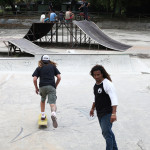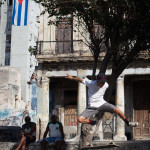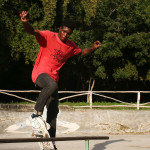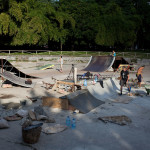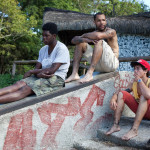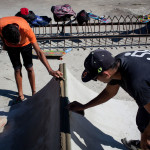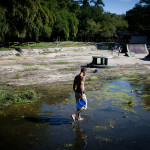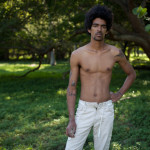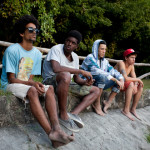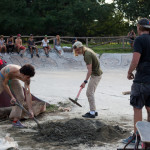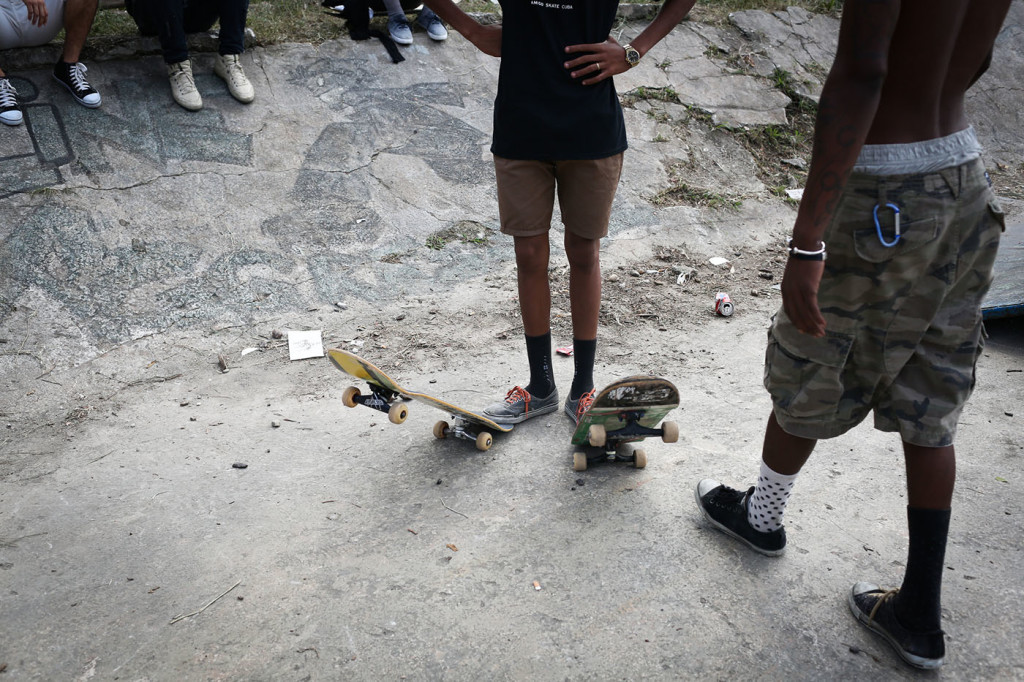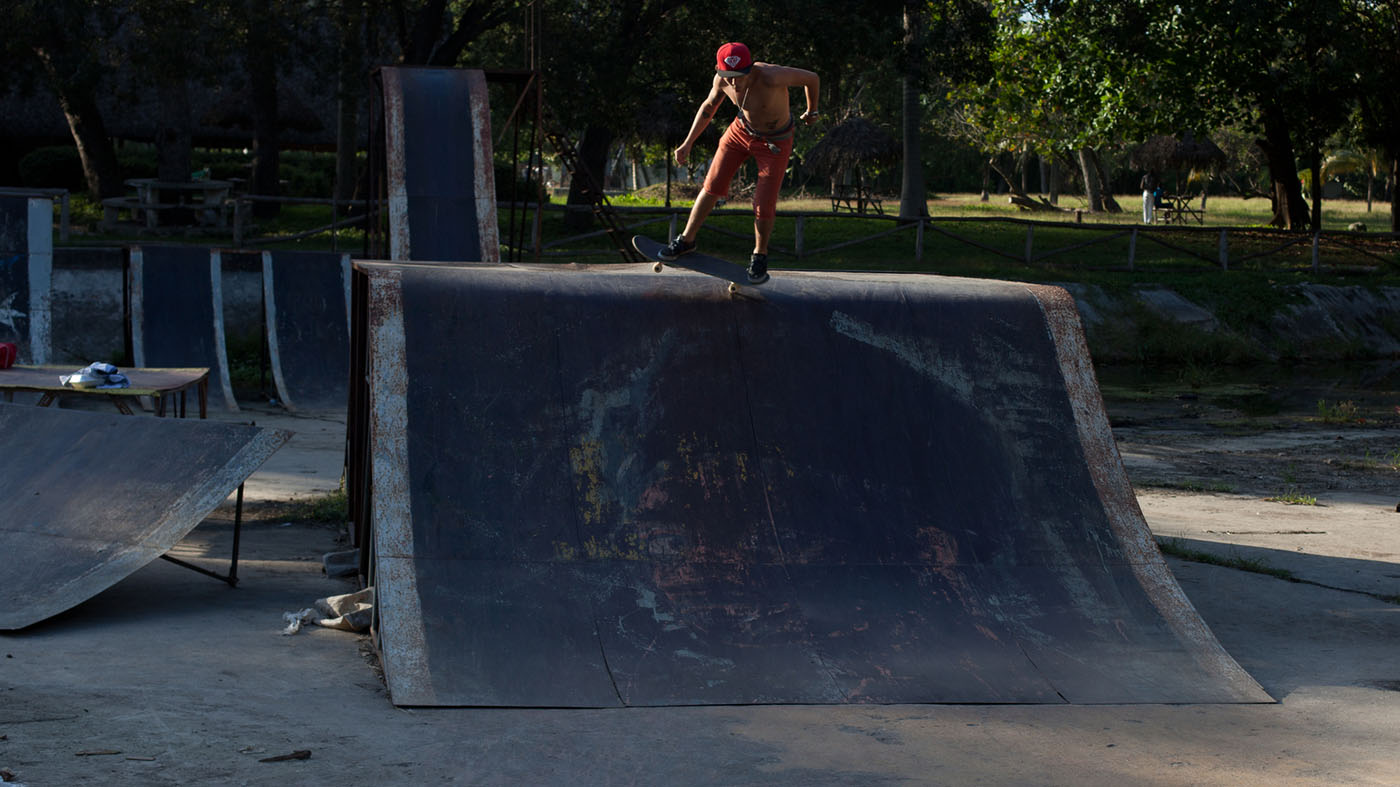
Half-pipe diplomacy
Long before the U.S. and Cuba mended diplomatic relations, skateboarding brought together the two countries.
After studying abroad in Cuba in 2010, Miles Jackson and a group of friends started Cuba Skate, a group that supports and promotes skate culture within Cuba.
One of their priorities is to build what will eventually become the largest skate park in Latin America.
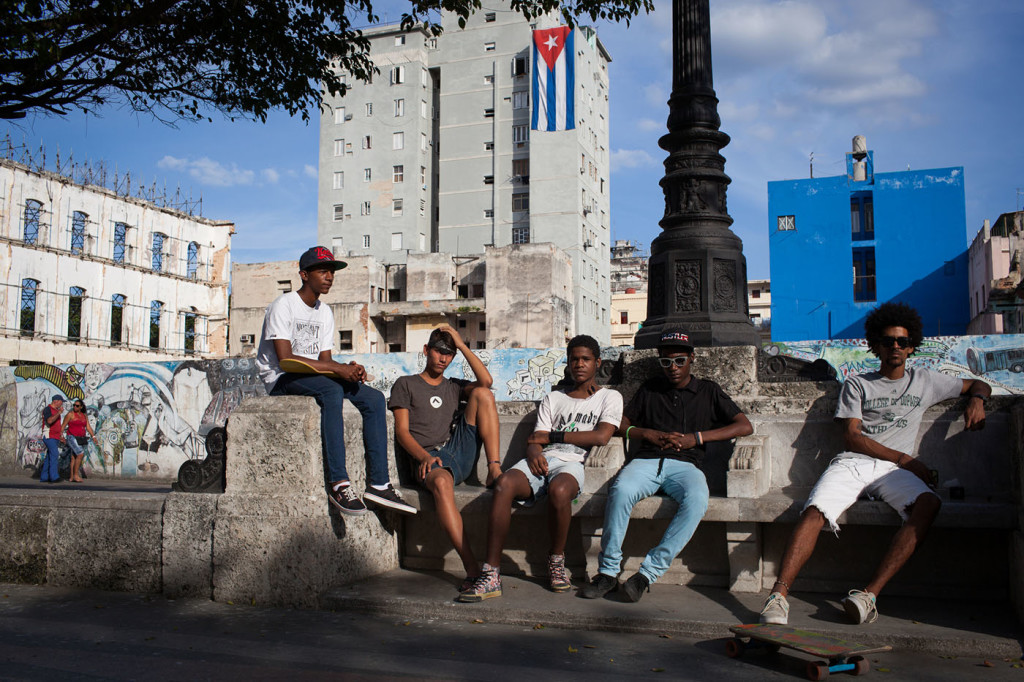
U.S.-based members of the group have made several trips to Cuba, each time bringing with them new gear — from necessities the (decks, trucks, wheels, bearings, grip tape), to T-shirts and skate movies.
But Cuba Skate doesn’t just bring hard goods into the country; its other major focus is working with both governments to build the new skate park.
But Jackson still faces some hurdles.
For example, due to an embargo that is still in place, the group is unable to have a bank account or spend money in Cuba. However, thanks to a handful of students at Georgetown Law School, they are in arm’s reach of getting permission from the U.S. Treasury department to legally build the skate park.
But Cuba skaters still face a battle.
The country doesn’t consider skateboarding an official sport, so skate shops don’t exist, making supplies scarce at best. This has only brought the skate community together, creating a bond amongst them to the point where most consider each other family.
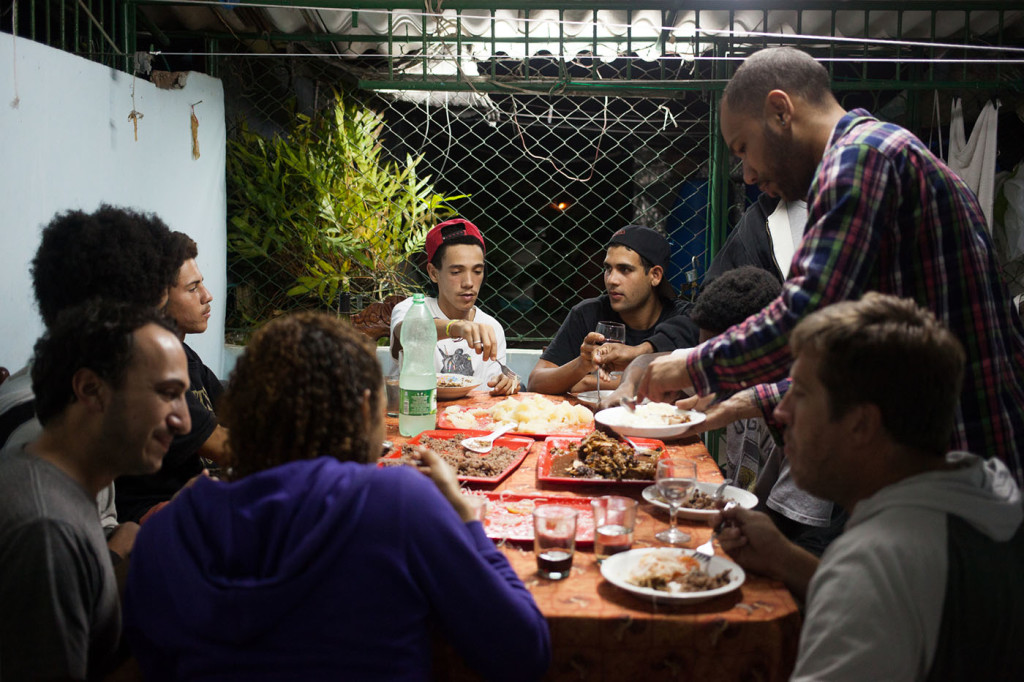
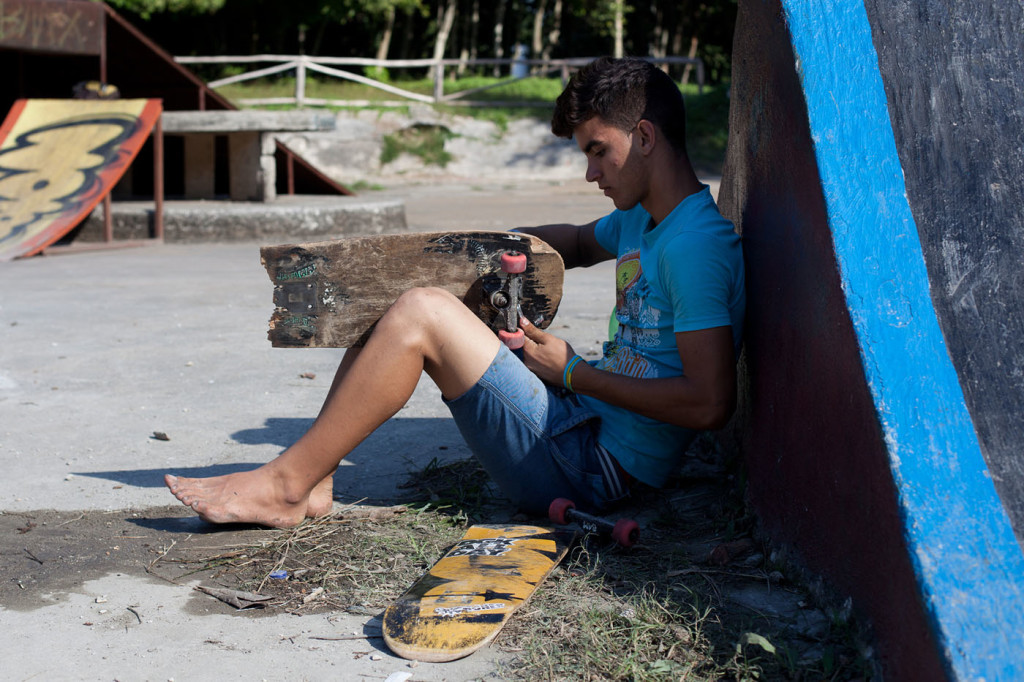
“Through skating, I’ve had the good fortune of meeting all my friends,” says Raciel, 23, a Havana skater who is part of the Cuba Skate family, who is pushing the Cuban government to recognize skating as a national sport allowing the locals to be self-sufficient.
“It’s sad to have to depend on people to bring us our supplies from outside of the country,” Raciel adds.
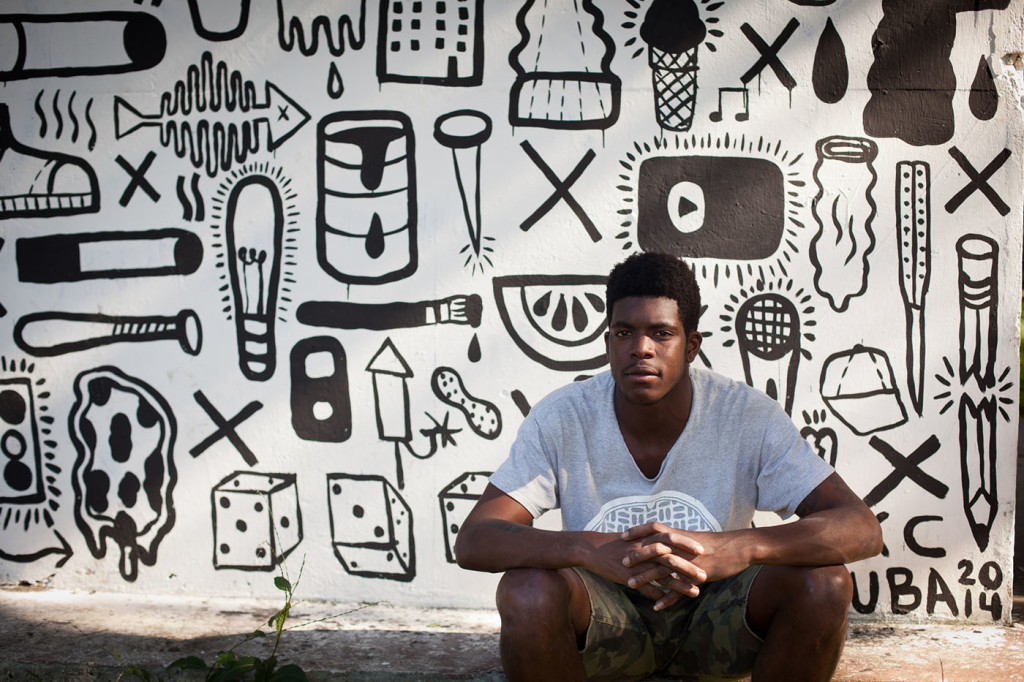
Reinaldo, 20, one of Cuba’s premier skaters, says when skaters come from abroad, the cultural exchanges are very helpful
“It’s a sport where you make friends a lot, so when people come from the outside, the culture of skate grows and new people start to skate,” he says.
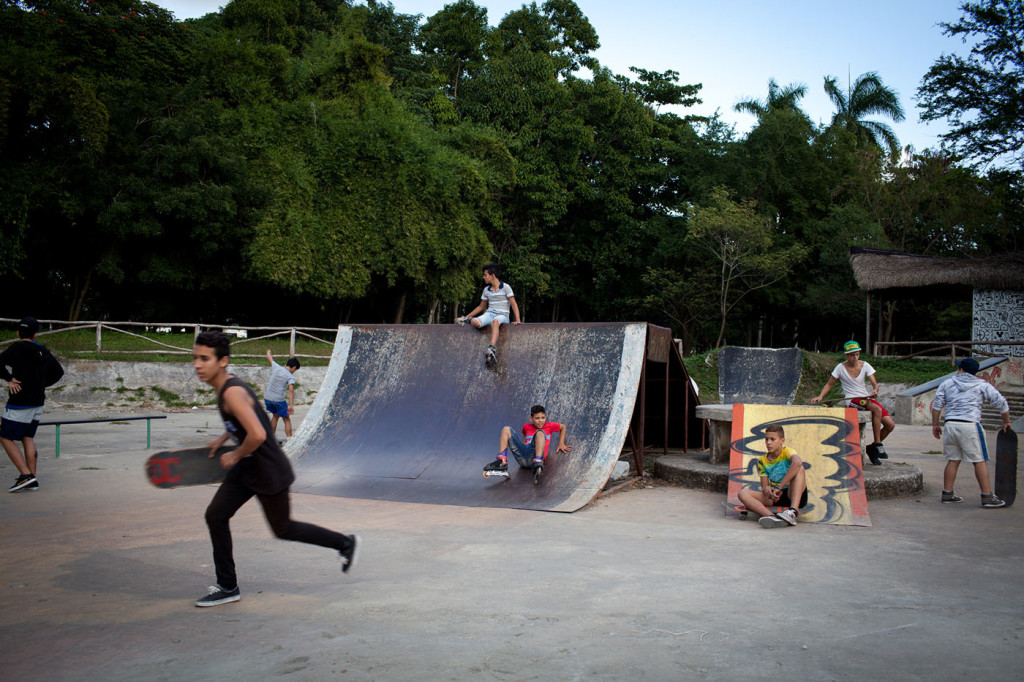
Another top Cuban skater, Yojany Perez Rivera, credits skating for his friends and his image. He says growing up as a skateboarder and surfer, “the people from the neighborhood, reggaetoneros, they’d see me and they’d say ‘you’re different, you’re strange,’ but at the same time, they accept you,” he says with pride.
“I’ve met people from all over the world but we’re able to communicate,” Rivera says. “I understand English, but I don’t speak it. We speak using the words of skateboarding, there’s a strange chemistry. I don’t know how to explain it.”
(From: Mashable)


